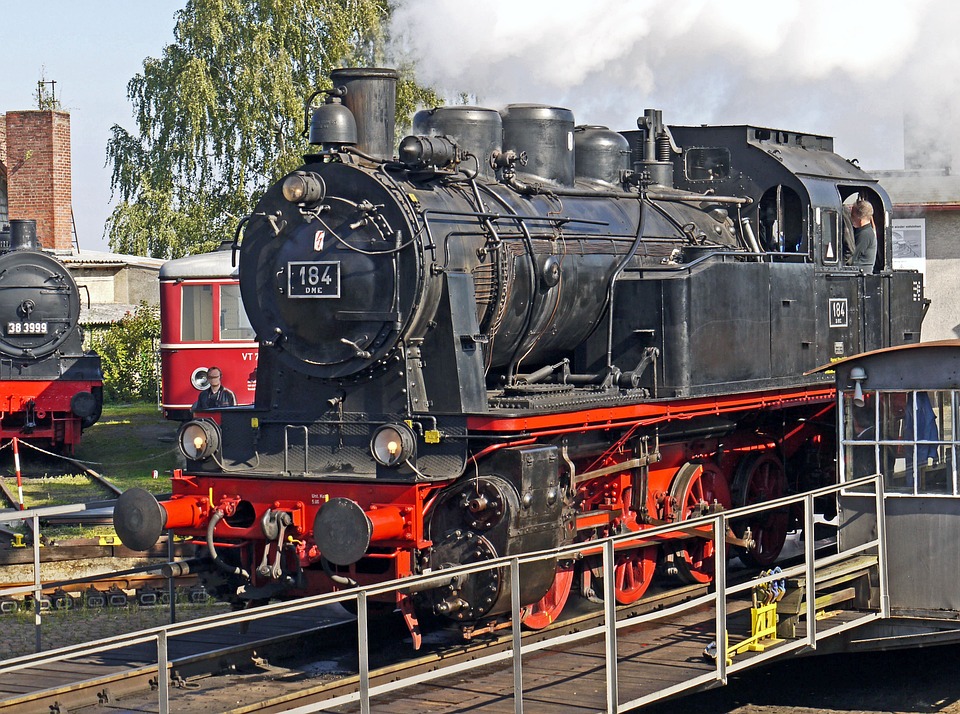The Curiosity Gap: How Wonder Can Fill the Void Between What We Know and What We Don’t
Have you ever found yourself sitting in a meeting, staring blankly at a colleague, wondering what it would be like to be an astronaut or a brain surgeon? Or maybe you’ve been scrolling through social media, seeing friends’ vacation photos, and suddenly felt a pang of curiosity about the world beyond your daily routine? This feeling of wonder, of being drawn to something unknown or unexplored, is a universal human experience. It’s what drives us to ask questions, seek answers, and push the boundaries of what we think we know.
This phenomenon is known as the "curiosity gap," the space between what we know and what we don’t know that sparks our imagination and inspires us to learn more. The curiosity gap is what propels us to explore new ideas, places, and experiences, and it’s a crucial aspect of human development, creativity, and innovation.
So, what exactly is the curiosity gap, and how can we harness its power to fill the void between what we know and what we don’t?
The Science Behind the Curiosity Gap
Research has shown that the curiosity gap is closely linked to our brain’s reward system. When we encounter something new or unexpected, our brain releases dopamine, a neurotransmitter associated with pleasure, motivation, and learning. This release of dopamine creates a sense of anticipation and excitement, driving us to seek out more information and experiences that will satisfy our curiosity.
In fact, studies have found that curiosity can actually rewire our brain’s neural pathways, making us more open-minded, adaptable, and creative. When we’re curious, we’re more likely to seek out diverse perspectives, challenge our assumptions, and explore new possibilities.
How to Fill the Curiosity Gap
So, how can we harness the power of the curiosity gap to fill the void between what we know and what we don’t? Here are a few strategies to get you started:
- Ask questions: One of the simplest ways to fill the curiosity gap is to ask questions. Whether it’s a question about the world, a scientific concept, or a personal experience, asking questions opens up new avenues of exploration and discovery.
- Seek out new experiences: Sometimes, the best way to fill the curiosity gap is to try something new. Whether it’s traveling to a new country, taking up a new hobby, or attending a concert, new experiences can spark curiosity and inspire us to learn more.
- Read widely: Reading is a great way to fill the curiosity gap, as it exposes us to new ideas, perspectives, and experiences. Whether it’s fiction, nonfiction, or a blog, reading can inspire us to ask questions and seek out more information.
- Explore new media: With the rise of online content, there’s never been a better time to explore new media and fill the curiosity gap. From podcasts to YouTube channels, there are countless resources available to help us learn and discover new things.
Conclusion
The curiosity gap is a powerful force that drives us to explore, discover, and learn. By harnessing its power, we can fill the void between what we know and what we don’t, and unlock new possibilities for growth, creativity, and innovation. Whether you’re a curious child or a lifelong learner, the curiosity gap is an essential aspect of the human experience, and it’s something that can be cultivated and nurtured at any age.
So, the next time you find yourself feeling curious, take a moment to pause and reflect on the wonders of the world around you. Ask questions, seek out new experiences, and explore new media. By filling the curiosity gap, you’ll be unlocking a world of possibility and discovery, and you’ll be harnessing the power of wonder to transform your life.


